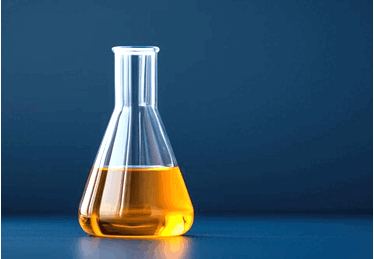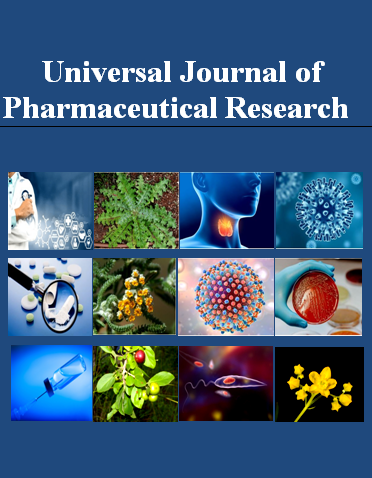ANTIMICROBIAL ACTIVITY OF ESSENTIAL OIL OBTAINED FROM LEAVES AND ROOTS OF LAVANDULA PUBESCENS
Keywords:
Antimicrobial activity, essential oils, Lavandula pubescens, leavesAbstract
Background: Yemen is home to 23 genera and 23 species of the Lamiaceae family. Lamiaceae essential oils have shown the strongest antibacterial activity against a variety of pathogens, such as Candida albicans, Staphylococcus aureus, Aspergillus fumigatus, and Escherichia. These properties may be attributed to the main constituents of Lamiaceae essential oils, such as carvacrol, thymol, p-cymene, 1, 8-cineole, and caryophyllene.
Method: Gram-positive bacteria (Staphylococcus aureus, Streptococcus viridans.), Gram-negative bacteria (Klebsiella pneumoniae, Escherichia coli, and Proteus vulgaris), and a series of bacteria available in the institute laboratory's stock culture were used for antibiotic sensitivity testing. The dried leaves and roots of the plant were chopped into small pieces, and the essential oil was extracted from each part by hydro distillation for 12 hours using a Clevenger-type all-glass apparatus. The oil was then transferred to a screw-capped glass vial, dried (Na2SO4), and kept at 4°C in the dark until analysis.
Results: Higher concentrations of the extract result in stronger inhibition. Gram-positive bacteria were more susceptible to the extract than Gram-negative bacteria, possibly because of differences in their cell wall structure. Lavandula pubescens essential oil has strong antimicrobial properties, especially against Staphylococcus aureus and Proteus viridans.
Conclusions: Gram-positive bacteria were more susceptible to the extract than Gram-negative bacteria, possibly because of differences in their cell wall structure. This study supports the potential use of Lavandula pubescens as a natural antimicrobial agent, which could be further investigated for pharmaceutical applications. The essential oil of the plant has significant antimicrobial properties, especially against Staphylococcus aureus and Proteus viridans. The antimicrobial effect is concentration dependent, with higher concentrations of the extract leading to stronger inhibition.

Peer Review History:
Received 1 February 2025; Reviewed 6 March 2025; Accepted 17 April; Available online 15 May 2025
Academic Editor: Dr. A.A. Mgbahurike , University of Port Harcourt, Nigeria, amaka_mgbahurike@yahoo.com
, University of Port Harcourt, Nigeria, amaka_mgbahurike@yahoo.com
Reviewers:
 Dr. Alfonso Alexander Aguileral, University of Veracruz, Mexico, aalexander_2000@yahoo.com
Dr. Alfonso Alexander Aguileral, University of Veracruz, Mexico, aalexander_2000@yahoo.com
 Dr. Ahmed Mohammed Al-Haddad, Hadhramout University, Al-Mukalla, Yemen, ahmedalhaddad@yahoo.com
Dr. Ahmed Mohammed Al-Haddad, Hadhramout University, Al-Mukalla, Yemen, ahmedalhaddad@yahoo.com
Downloads

Published
How to Cite
Issue
Section

This work is licensed under a Creative Commons Attribution-NonCommercial 4.0 International License.









 .
.